Violent black hole collisions may create black hole ‘morsels’ no larger than an asteroid — and these bizarre objects could pave the way to unlocking new physics, a study claims.
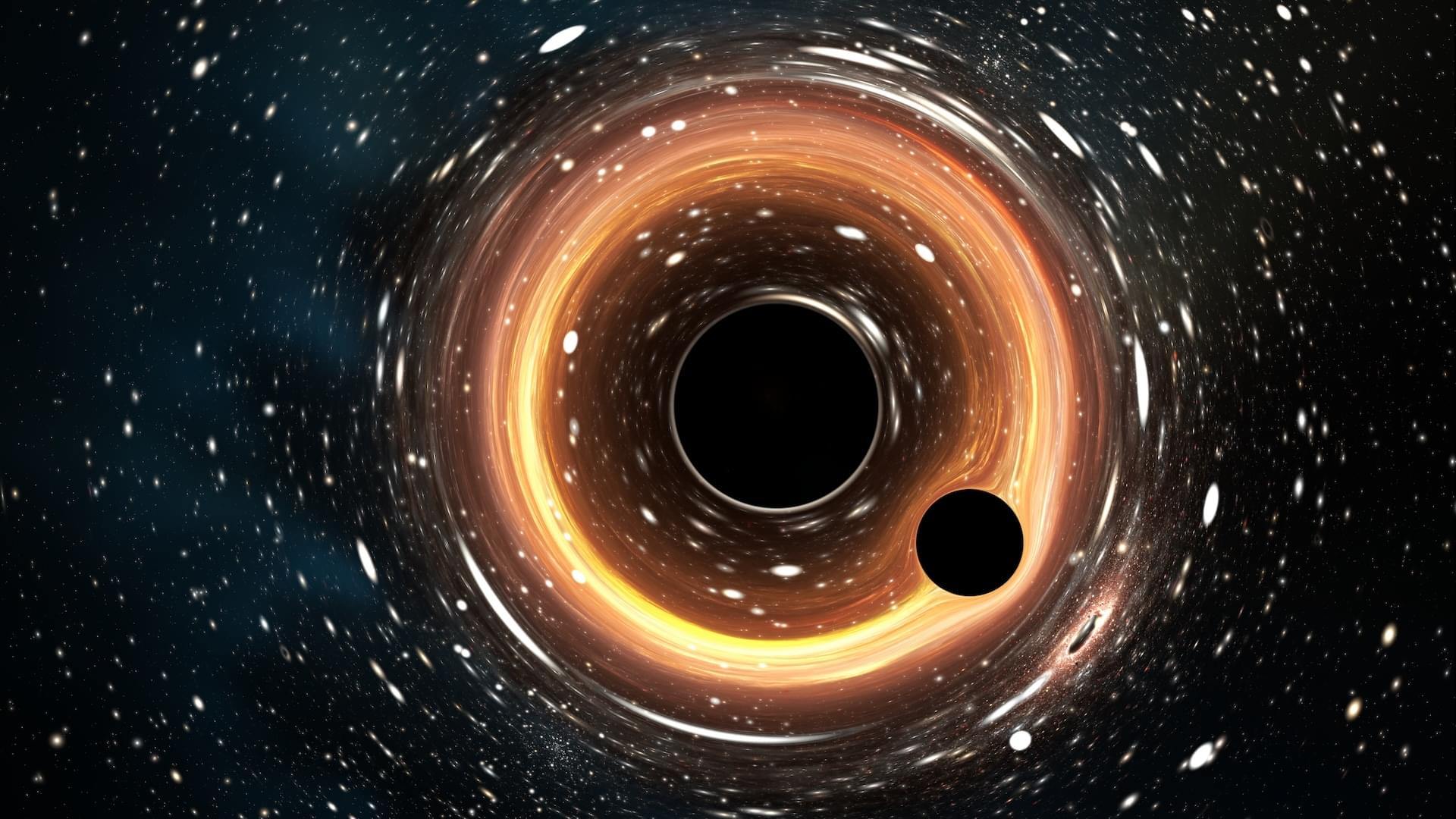

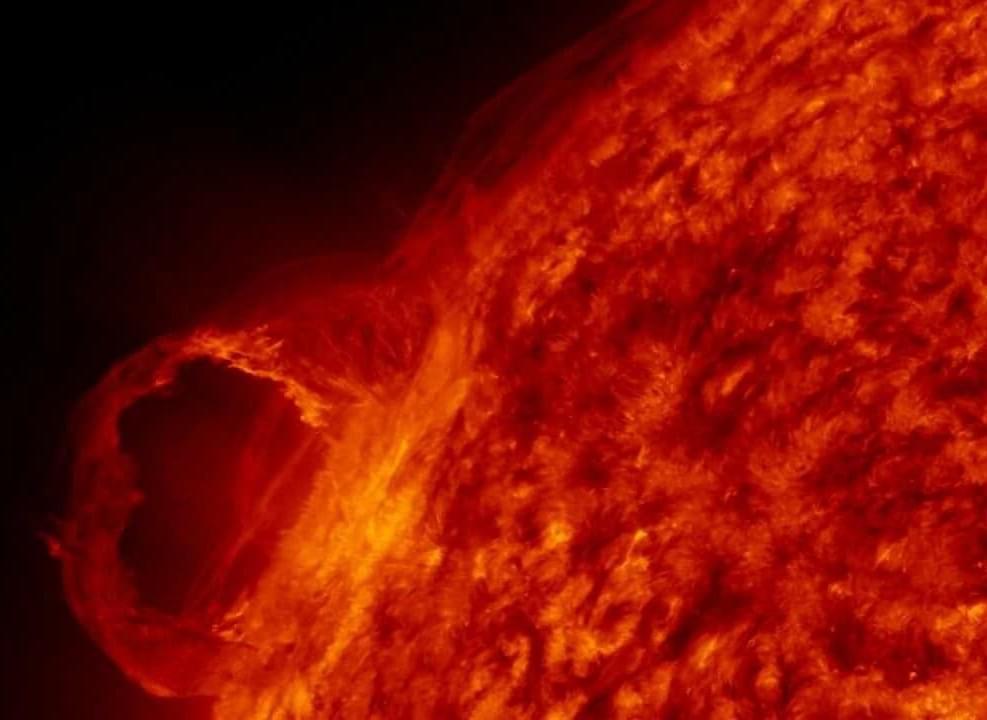
A research team from the Yunnan Observatories of the Chinese Academy of Sciences has shed new light on the magnetic reconnection process driven by rapidly expanding plasma, using magnetohydrodynamic (MHD) numerical simulations. Their findings, published recently in Science China Physics, Mechanics & Astronomy, reveal previously unobserved fine structures and physical mechanisms underlying this fundamental phenomenon.
Magnetic reconnection—a process where magnetic field lines break and rejoin, releasing massive energy—is critical to understanding explosive events in plasmas, from laboratory experiments to solar flares and space weather.
The team focused on how this process unfolds under rapid driving conditions, examining three distinct reconnection modes: flux pile-up, Sonnerup, and hybrid. These modes, they found, arise from variations in gas pressure and magnetic field strength within the inflow region, where plasma is drawn into the reconnection site.
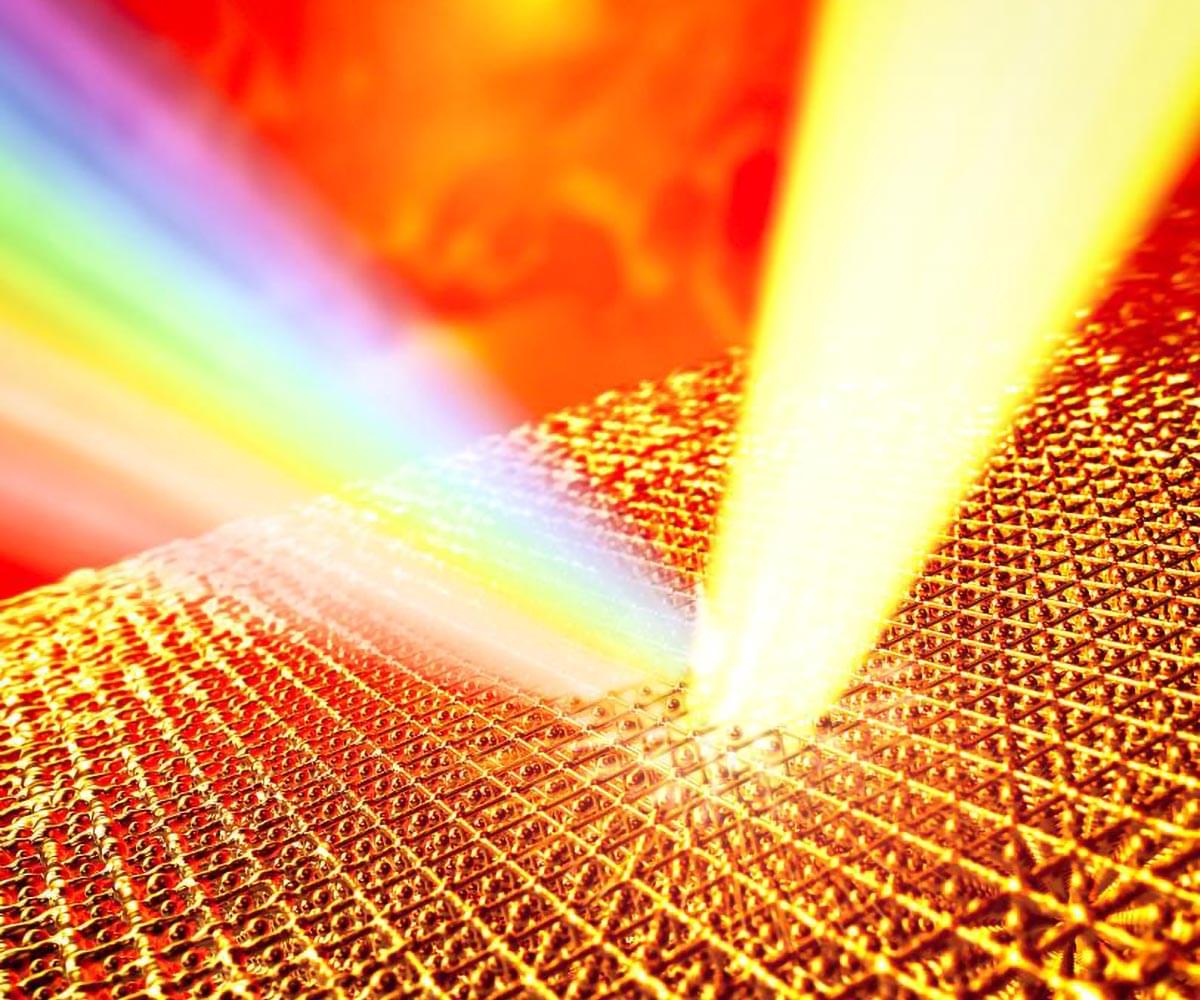
Scientists have made the first-ever direct measurement of atomic temperatures in extreme materials, shattering a four-decade-old theory about how far solids can be superheated.
Using a powerful laser and ultrabright X-rays, researchers at SLAC and collaborating institutions heated gold to an astonishing 19,000 K, more than 14 times its melting point, while it remained solid. This breakthrough not only redefines the limits of matter under extreme conditions but also opens the door to new insights into planetary interiors, fusion energy research, and high-energy density physics.
Measuring the unmeasurable: cracking the heat code.

Deep neural networks (DNNs), the machine learning algorithms underpinning the functioning of large language models (LLMs) and other artificial intelligence (AI) models, learn to make accurate predictions by analyzing large amounts of data. These networks are structured in layers, each of which transforms input data into ‘features’ that guide the analysis of the next layer.
The process through which DNNs learn features has been the topic of numerous research studies and is ultimately the key to these models’ good performance on a variety of tasks. Recently, some computer scientists have started exploring the possibility of modeling feature learning in DNNs using frameworks and approaches rooted in physics.
Researchers at the University of Basel and the University of Science and Technology of China discovered a phase diagram, a graph resembling those used in thermodynamics to delineate liquid, gaseous and solid phases of water, that represents how DNNs learn features under various conditions. Their paper, published in Physical Review Letters, models a DNN as a spring-block chain, a simple mechanical system that is often used to study interactions between linear (spring) and nonlinear (friction) forces.
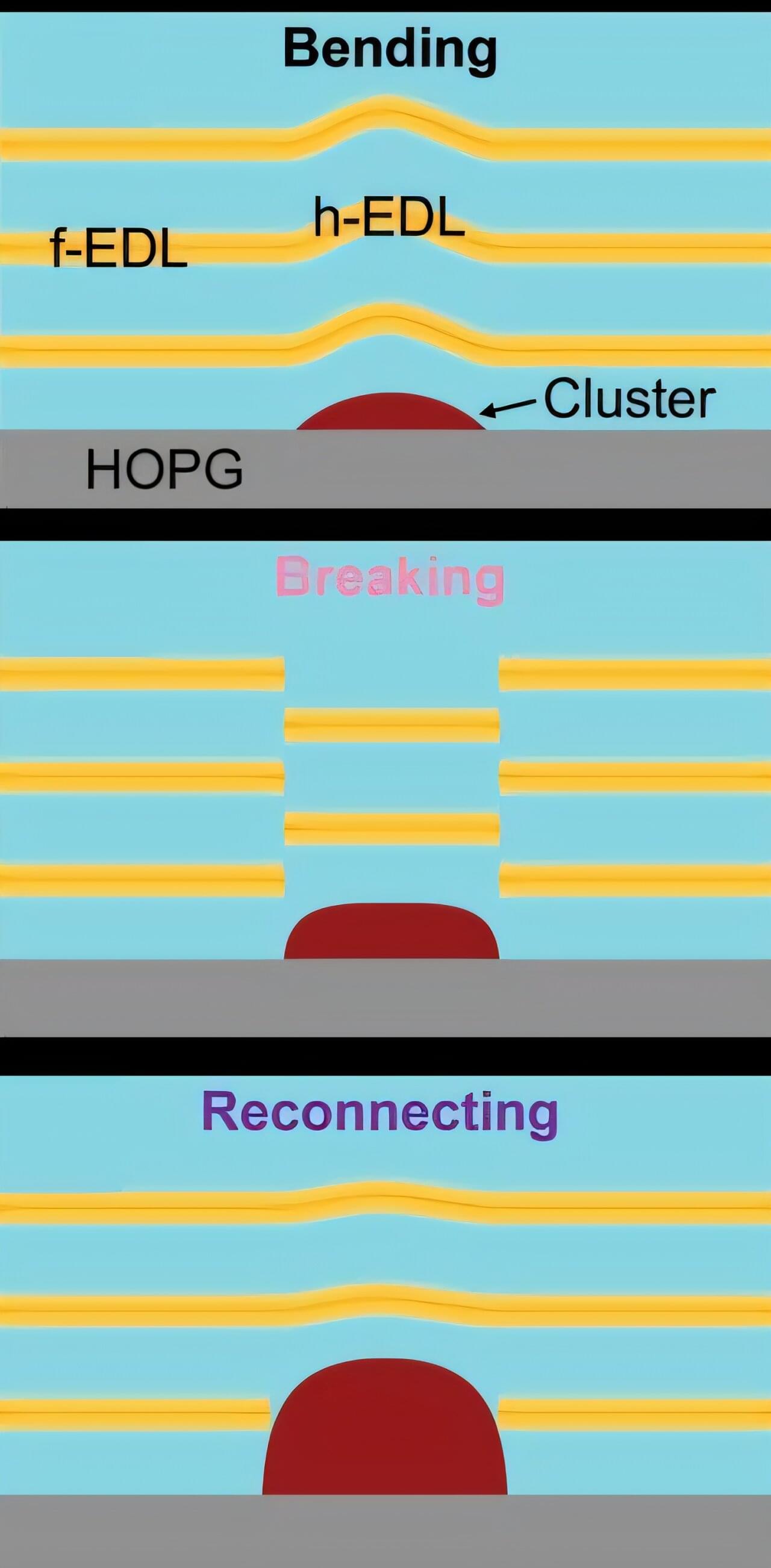
Electrochemical cells—or batteries, as a well-known example—are complex technologies that combine chemistry, physics, materials science and electronics. More than power sources for everything from smartphones to electric vehicles, they remain a strong motivation for scientific inquiry that seeks to fully understand their structure and evolution at the molecular level.
A team led by Yingjie Zhang, a professor of materials science and engineering in The Grainger College of Engineering at the University of Illinois Urbana-Champaign, has completed the first investigation into a widely acknowledged but often overlooked aspect of electrochemical cells: the nonuniformity of the liquid at the solid-liquid interfaces in the cells.
As the researchers report in the Proceedings of the National Academy of Sciences, microscopic imaging revealed that these interfacial structures, called electrical double layers (EDLs), tend to organize into specific configurations in response to chemical deposition on the surface of the solid. The paper is titled “Nucleation at solid–liquid interfaces is accompanied by the reconfiguration of electrical double layers.”
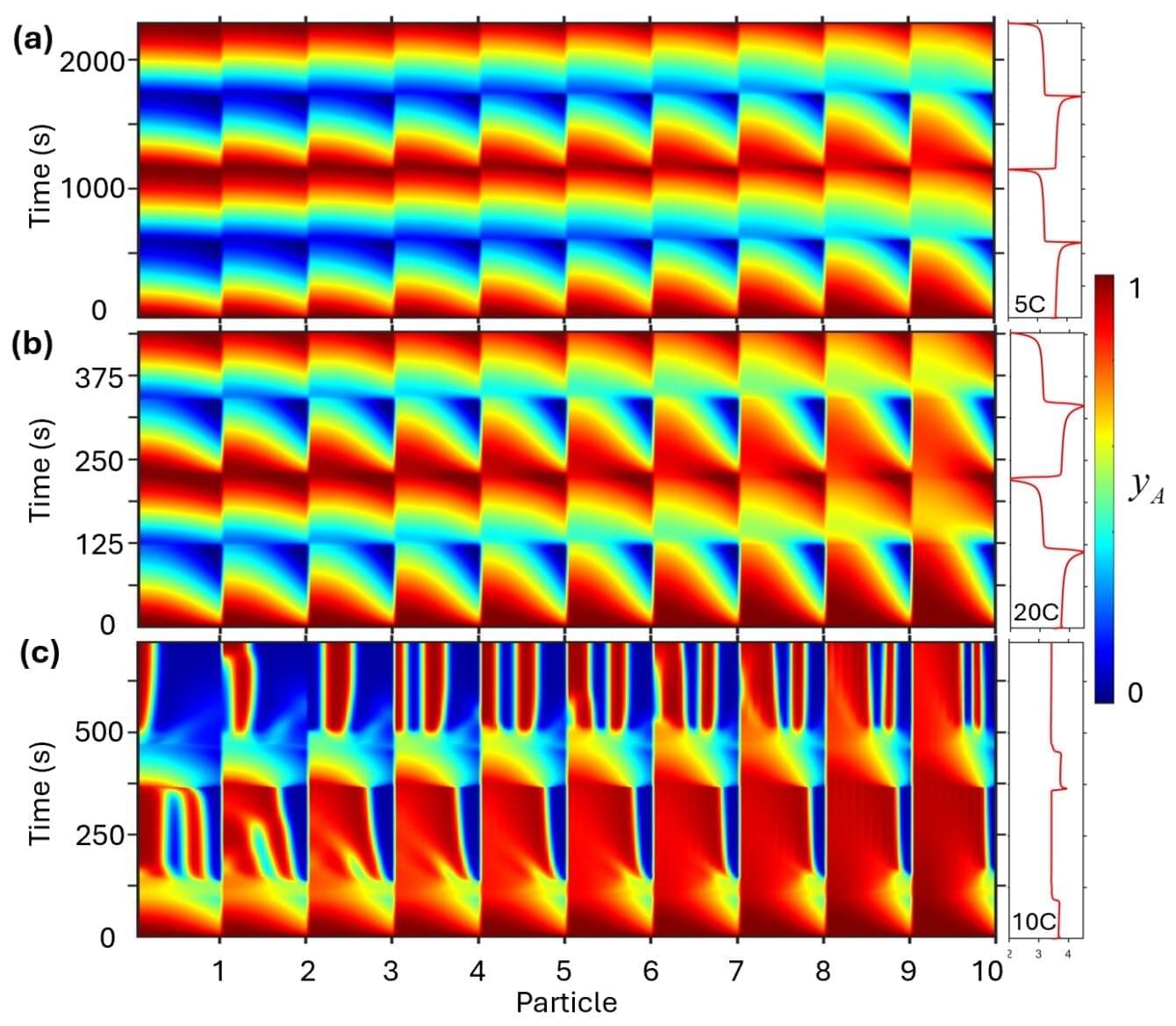
Engineers rely on computational tools to develop new energy storage technologies, which are critical for capitalizing on sustainable energy sources and powering electric vehicles and other devices. Researchers have now developed a new classical physics model that captures one of the most complex aspects of energy storage research—the dynamic nonequilibrium processes that throw chemical, mechanical and physical aspects of energy storage materials out of balance when they are charging or discharging energy.
The new Chen-Huang Nonequilibrium Phasex Transformation (NExT) Model was developed by Hongjiang Chen, a former Ph.D. student at NC State, in conjunction with his advisor, Hsiao-Ying Shadow Huang, who is an associate professor of mechanical and aerospace engineering at the university. A paper on the work, “Energy Change Pathways in Electrodes during Nonequilibrium Processes,” is published in The Journal of Physical Chemistry C.
But what are “nonequilibrium processes”? Why are they important? And why would you want to translate those processes into mathematical formulae? We talked with Huang to learn more.
Use my code SABINE at https://displate.com/@sabine get 1 Displates for 23% off & 2–3 Displates for 27% off, and 4 or more for Displates for 33% off!
(*Not applicable on Lumino, Textra and Limited Edition).
Gravitational memory is the idea that gravity’s ability to duplicate information from other forces should somehow store that information in certain masses. A group of physicists has now published a series of papers claiming that this idea might solve the black hole information loss problem and explain dark matter. Really? Let’s take a look.
🤓 Check out my new quiz app ➜ http://quizwithit.com/
📚 Buy my book ➜ https://amzn.to/3HSAWJW
💌 Support me on Donorbox ➜ https://donorbox.org/swtg.
📝 Transcripts and written news on Substack ➜ https://sciencewtg.substack.com/
👉 Transcript with links to references on Patreon ➜ https://www.patreon.com/Sabine.
📩 Free weekly science newsletter ➜ https://sabinehossenfelder.com/newsletter/
👂 Audio only podcast ➜ https://open.spotify.com/show/0MkNfXlKnMPEUMEeKQYmYC
🔗 Join this channel to get access to perks ➜
https://www.youtube.com/channel/UC1yNl2E66ZzKApQdRuTQ4tw/join.
#science #sciencenews #physics #gravity
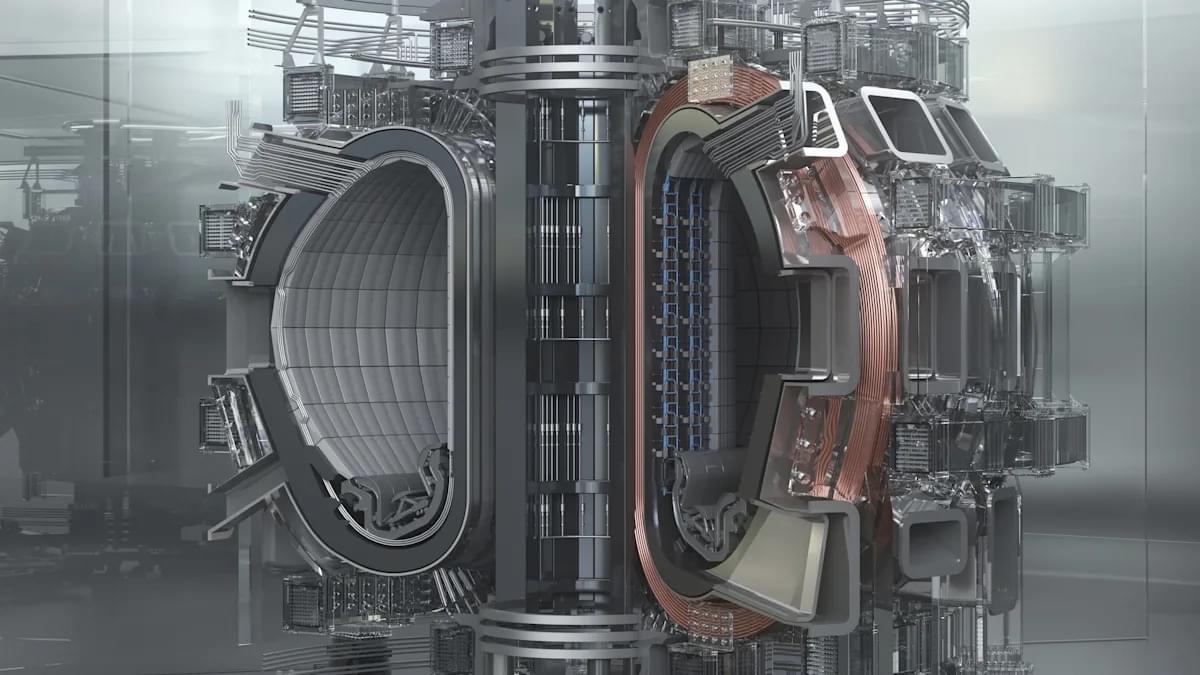
Unlike more complex, high-energy fusion experiments such as those at the National Ignition Facility, this test was performed at a much lower energy level. That makes it a game changer for smaller labs and opens the door to more accessible fusion experimentation.
What the researchers learned is a notable contribution to ongoing fusion studies. If scientists can successfully scale fusion energy, it could power entire cities more affordably than conventional power while helping stabilize the grid. Fusion doesn’t generate heat-trapping pollution either, meaning cleaner air and healthier communities.
While fusion isn’t powering our homes just yet, such developments move us closer to a cleaner, more affordable energy future — especially with successes such as the 2022 ignition breakthrough at Lawrence Livermore National Laboratory.

How can a horde of active robots be automatically brought to a standstill? By arresting their dynamics in a self-sustained way. This phenomenon was discovered by physicists at Heinrich Heine University Dusseldorf (HHU) and La Sapienza University in Rome. The threshold principle of static friction with the ground plays a decisive role here: it removes the kinetic energy of two robots after a mutual collision so efficiently that they can no longer set themselves in motion.
The researchers describe in the journal Nature Communications that this fundamental effect can also be used to construct controllable moving robot systems.
Friction creates heat, as anyone knows who has rubbed their hands together in winter weather. And friction costs energy. Road friction on vehicle tires, for example, will cause a moving car to steadily slow down unless the accelerator is used.

In nanophotonics, tiny structures are used to control light at the nanoscale and render it useful for technological applications. A key element here is optical resonators, which trap and amplify light of a certain color (wavelength).
Previous methods of controlling these resonances were more like a dimmer switch: You could weaken the resonance or slightly shift its color. However, genuine on-and-off switching was not possible, as the resonators always remain fundamentally coupled with the light.
A team led by Andreas Tittl, Professor of Experimental Physics at LMU, has now precisely achieved this breakthrough, together with partners from Monash University in Australia. As the researchers report in the journal Nature, they have developed a new method for controlling the coupling between nanoresonators and light in a targeted manner on ultrafast timescales. In this way, a resonance can be created from nothing within a few picoseconds or made to vanish completely again.